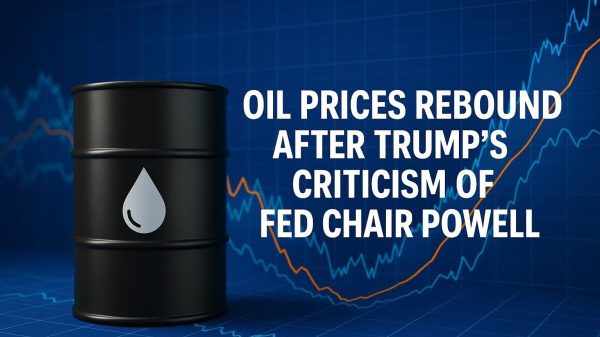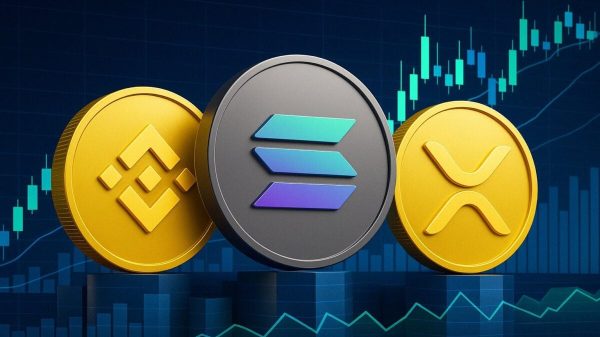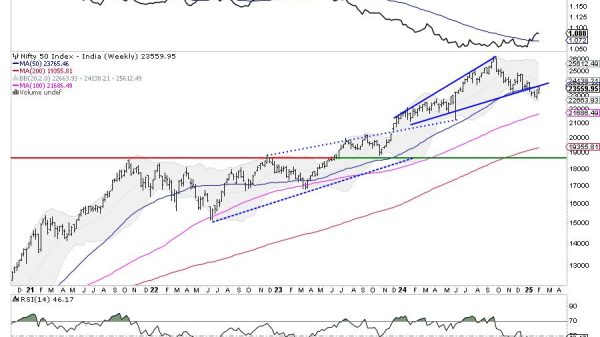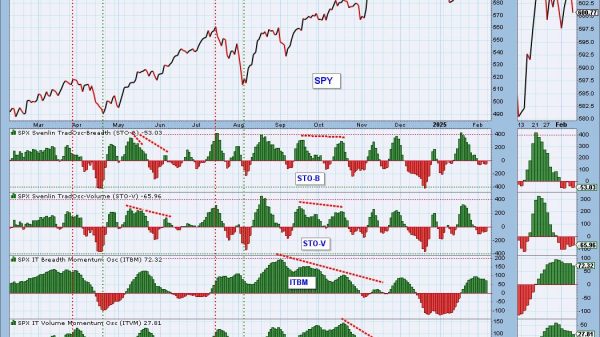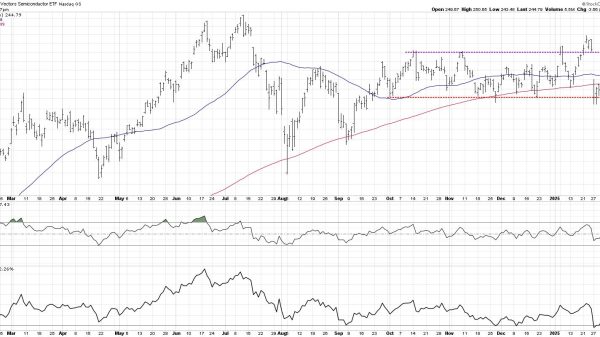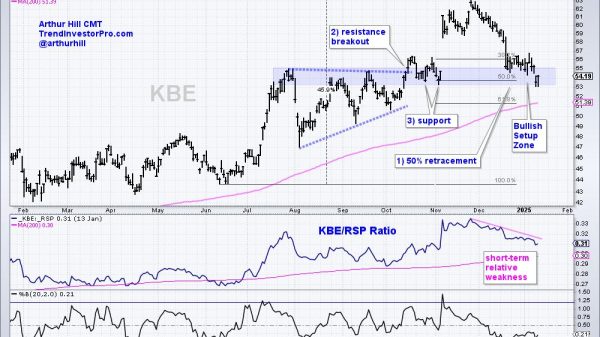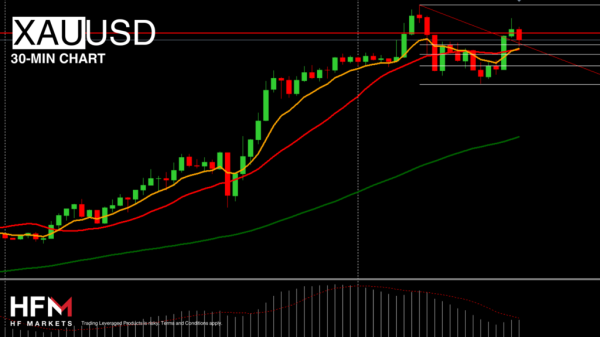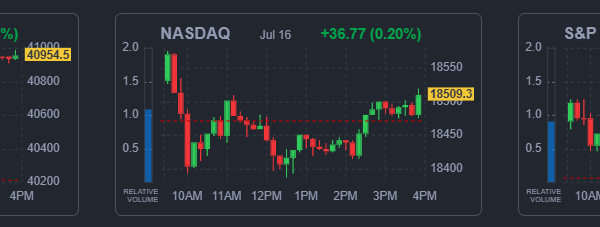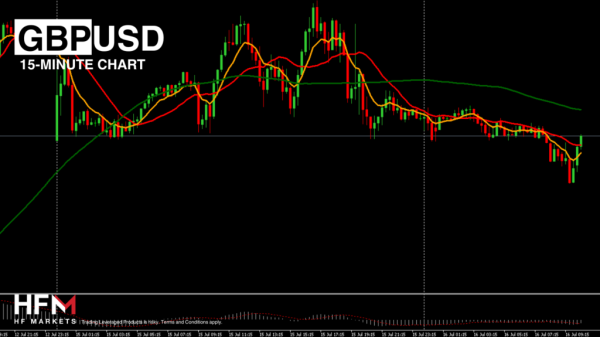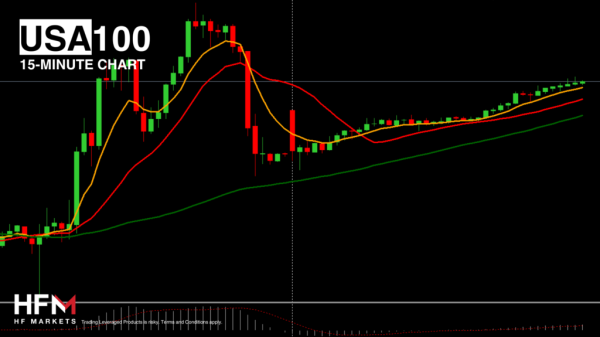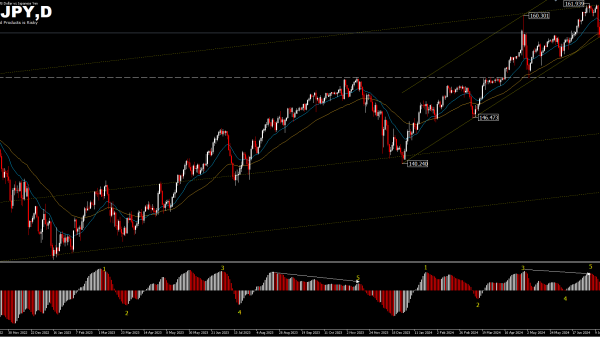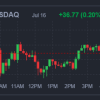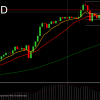Covered calls are popular among investors looking for a conservative way to generate additional income from their stock holdings. However, it’s essential to understand both the benefits and risks before implementing this strategy.
Example of a Covered Call:
Long Position: You own 100 shares of XYZ stock, currently trading at $50 per share. Sell Call Option: You sell a call option with a strike price of $55 for a premium of $2 per share.Outcomes:
Stock Price Below $55: The call option expires worthless, you keep the premium, and you still own the shares. Stock Price Above $55: The call option is exercised, you sell your shares at $55, keep the premium, and realize a profit from the stock’s appreciation plus the premium received.
Understanding Greeks and Covered Calls
If this is your first parlay into covered calls, you also need to familiarize yourself with options Greeks.
Options Greeks are key metrics used to understand the behavior of options prices. They measure various risks and sensitivities in an options position. When using covered calls, understanding the Greeks can help investors make informed investing decisions.
Delta
Delta measures the sensitivity of an option’s price to a $1 change in the underlying asset’s price.
For a covered call, the delta of the call option is positive but less than 1. This means if the stock price increases by $1, the call option’s price will increase by an amount less than $1. As a result, the covered call position (long stock and short call) will experience a partial offset of gains in the stock by the losses in the short call.
Gamma
Gamma measures the rate of change of delta with respect to changes in the underlying asset’s price.
Gamma is the highest for at-the-money options. For covered calls, a lower gamma (typical of deep in-the-money or out-of-the-money calls) indicates less sensitivity to price changes in the underlying stock. This means the delta of the option will not change as dramatically with price movements.
Theta
Theta measures the sensitivity of the option’s price to the passage of time (time decay).
Theta is particularly important for covered call writers because it represents the premium decay over time. As the option approaches expiration, its value decreases, benefiting the seller. For covered calls, a higher theta means the option loses value faster, which is advantageous to the call writer.
Vega
Vega measures the sensitivity of the option’s price to changes in the volatility of the underlying asset.
Vega is important because it indicates how much the option price will change with a 1% change in implied volatility. For covered call writers, a decrease in volatility after selling the call is beneficial as it reduces the option’s price, making it more likely to expire worthless.
Practical Application in Covered Calls
1. Selecting Strike Prices: Understanding delta can help in choosing the right strike price. Higher delta options (in-the-money) have a higher chance of being exercised, while lower delta options (out-of-the-money) have a lower premium but less likelihood of being exercised.
2. Timing and Expiration: Theta helps investors decide the optimal expiration date. Shorter-term options decay faster, benefiting the call writer due to higher time decay.
3. Market Volatility: By monitoring vega, investors can choose to write covered calls when volatility is high to capture higher premiums while being aware of the risks associated with potential volatility decreases.
Example Scenario:
Stock Position: You own 100 shares of XYZ stock, trading at $50. Option Selection: You sell a one-month call option with a strike price of $55. Delta: The option has a delta of 0.30, meaning the option price will increase by $0.30 for every $1 increase in stock price. Theta: The option’s theta is -0.05, indicating it will lose $0.05 per day. Vega: The option has a vega of 0.10, so for each 1% decrease in volatility, the option price drops by $0.10.Understanding the Greeks provides a comprehensive view of the risks and potential rewards associated with covered calls.
Who Should Use Covered Calls?
Income-oriented Investors: Those looking for additional income streams, such as retirees, may find covered calls appealing. The premiums received from selling call options provide a regular income, which can be especially useful for those relying on investment income. Long Term Existing Stockholders: Investors who already hold a substantial position in a stock and do not plan to sell it soon can use covered calls to generate income. This allows them to monetize their holdings without liquidating their positions.
PROs of Covered Calls
Income Generation: You earn the premium from selling the call options, providing additional income. Downside Protection: The premium received can offset some of the losses if the stock price declines. Selling at a Target Price: If the stock price rises and the call options are exercised, you sell your shares at the strike price, which is usually higher than the current price when the options were sold.
CONs of Covered Calls
Limited Upside: Your potential profit is capped at the strike price of the call options sold. If the stock price soars, you won’t benefit beyond the strike price. Obligation to Sell: If the stock price exceeds the strike price, you may be obligated to sell your shares at the lower strike price. Stock Decline: While the premium offers some protection, it doesn’t eliminate the risk of a significant decline in the stock price.
The Bottom Line
Covered calls are a conservative strategy that helps investors generate additional income from their stock holdings. By selling call options on stocks you already own, you can earn premiums while maintaining a measure of downside protection.
This strategy is best suited for income-oriented and conservative investors who anticipate stable or moderately rising markets. However, it comes with the trade-off of capped upside potential and the obligation to sell shares if the stock price exceeds the strike price. Understanding the key options Greeks (delta, gamma, theta, vega) can further optimize the use of covered calls for effective risk and reward management. Post by Adam Koprucki






